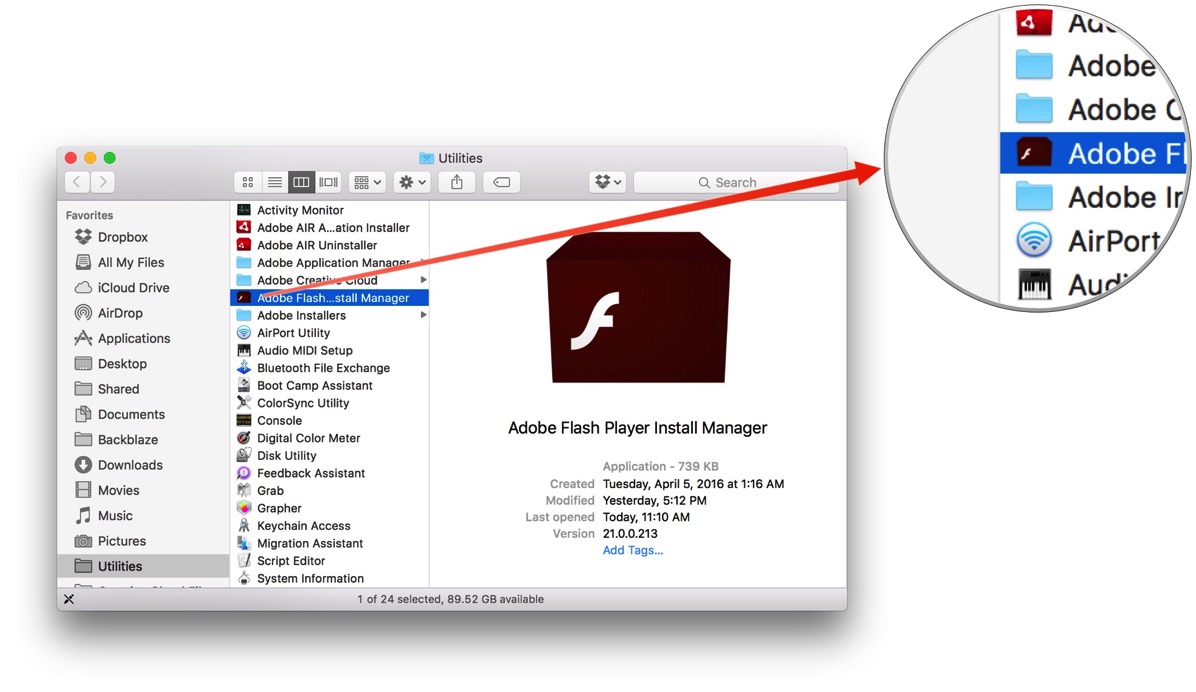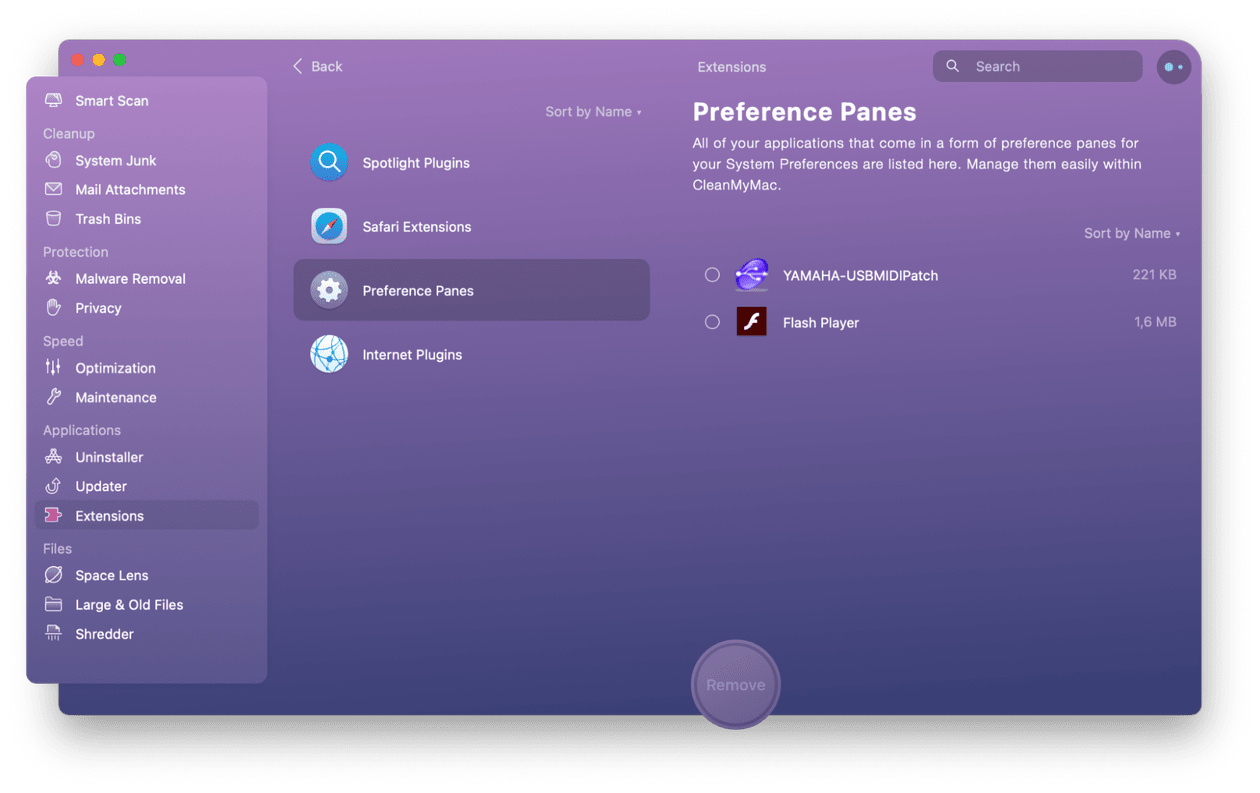

- Adobe flash for mac delete how to#
- Adobe flash for mac delete for mac os x#
- Adobe flash for mac delete software#
- Adobe flash for mac delete Pc#
- Adobe flash for mac delete series#

Click on Plugins on the left hand side.ģ. Type in about:addons in the Firefox address bar.Ģ. At the Allow sites to run Flash option, click on the slider to enable the plug-in.ġ. If you need to re-enable Flash on Chrome, please follow the instructions below:ģ. Should the website in question also use HTML5 technology, it will automatically switch to it. Close the chrome://settings/content tab to confirm the change.Ĭhrome no longer uses the Flash plug-in and any website you visit that uses Flash will no longer display any Flash based content. When it is greyed out, the Flash is disabled.Ĥ. At the Allow sites to run Flash option, click on the slider to disable the plug-in. On the Content settings screen, find the Flash Player listing and click on it.ģ. In Google Chrome’s location bar, please type in the following and press Enter:Ģ. Uncheck Adobe Flash Player from the left hand menu.ġ. Click the Security button, then look for Internet Plug-ins and click on Plug-In Settings.Ĥ. We’ve also included steps on re-enabling the plug-in should you require it.ģ. Please note: This does not remove the Flash plug-in from your computer.
Adobe flash for mac delete how to#

Adobe flash for mac delete for mac os x#
For Mac OS X version 10.6 and later, click here, and for Mac OS X version 10.4 and 10.5, click here. Download the uninstaller for your Mac version.First, determine your Mac version by clicking on the Apple icon and then About This Mac.If you search for the folders and they don’t exist, it has been removed successfully.Repeat the previous three steps, but open the folders and delete the content of:.In the “open” box, insert C:\Windows\system32\Macromed\Flash and hit “ Enter.”.For the last step, press the Windows key and ‘ R’ to bring up the ‘Run’ command.When complete, you will be asked to restart your computer to complete the process.When prompted for confirmation, click on “ Yes.”.Double-click on the downloaded Uninstaller.Make sure that you have closed all browsers, tabs or apps.For Windows operating system, download the official Uninstaller from Adobe.It is a bit lengthy, but here is how to remove it from a Windows PC: Removing Flash from your systemĪs Adobe advised, you should remove Flash Player from your system - whether you have a Mac or PC. You can check to see if Flash is installed or enabled on your system by clicking here, and clicking on “ Check Now” on that page. “Since Adobe will no longer be supporting Flash Player after December 31, 2020, and Adobe will block Flash content from running in Flash Player beginning January 12, 2021, Adobe strongly recommends all users immediately uninstall Flash Player to help protect their systems,” Adobe said in an informational page about the software. If that didn’t signal the death-knell for Flash, Adobe itself confirmed earlier this month that it would no longer be supporting its own technology.
Adobe flash for mac delete Pc#
RELATED: Billions of PC users at risk: Adult websites infected with malware The final days of a flawed technology Through a partnership between the creators of CSS, JavaScript and openGL, they created the means to play videos and animations natively in a browser - completely side-stepping the need for Flash.
Adobe flash for mac delete software#
Given the security issues, Jobs didn’t want third-party software to compromise its hardware.Īnother major contributor to Flash’s demise came from the development of HTML5. RELATED: Google, WhatsApp, Flash and other copycat apps are hiding malwareĪpple founder Steve Jobs famously said that the iPhone would never support Flash, and when the first model was released, it didn’t. Adobe seemingly patched the software every other day, with hackers finding new flaws just as fast. The biggest reason for its downfall, however, is that it constantly posed an enormous security risk.
Adobe flash for mac delete series#
The rapid decline in popularity and subsequent non-usage originated through a series of events.


 0 kommentar(er)
0 kommentar(er)
